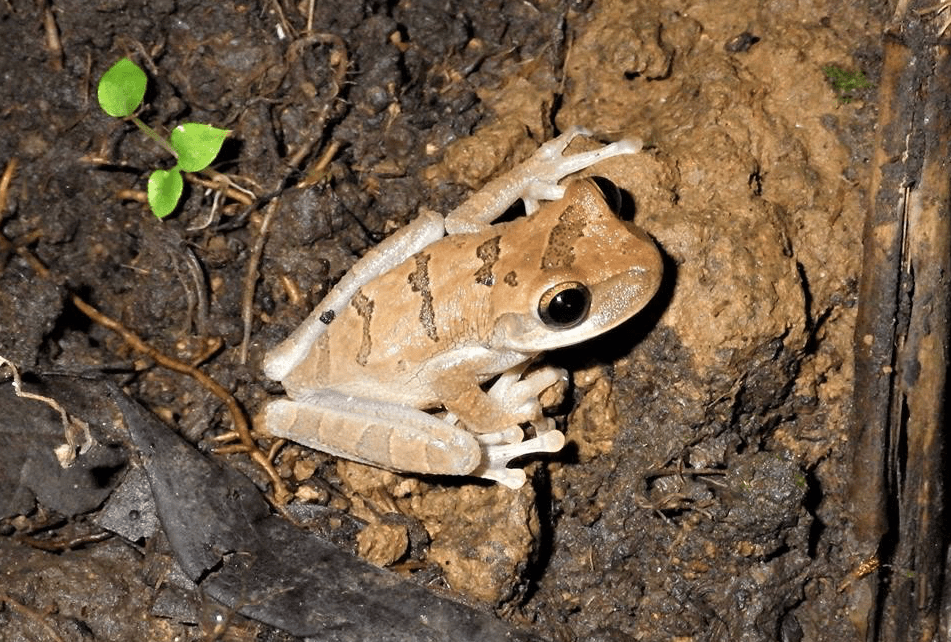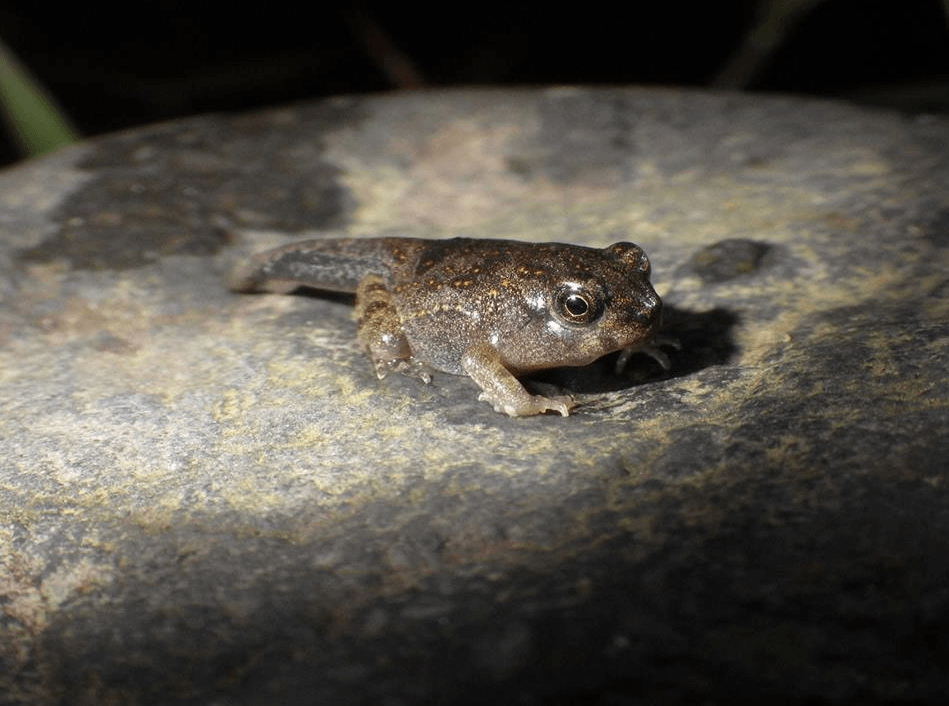We always love hearing from our Community Fund recipients, Flor de la Amazonia. To date they’ve been with us since 2012 and they are one of our longest standing members. They’re committed to protecting the beautiful and endangered Amazon Rainforest in Ecuador and at present they are in the process of expanding from conservation to build an animal rehabilitation centre. Below is their latest update :
It has been much hotter and a bit drier around the land this month. However, thanks to the water storage tanks on-site, we have not run out of water for a while. Sometimes in August, when the rivers and streams run much lower for a time (usually just a few days, but sometimes a week or two) we have to be more careful regarding how much we are using.
Recently, Omar Tello, the Vice-President of the Fundación, spent some time on the land and brought with him some endemic trees and other plants, as well as some seeds to be planted up, and some volunteers to help while he was there. Omar is the driving force behind “Jardín Botánico Las Orquídeas” in Los Angeles, Pastaza, and has been a long-term supporter of our conservation activities and our plans to develop the animal rescue centre. See…. http://www.jardinbotanicolasorquideas.com
Pete has been continuing to develop his own project on his land close to ours and he has also been carrying out basic maintenance and keeping an eye on the Fundación‘s land while we have been a little lower on numbers.
One of our other neighbours has recently seen evidence of tapirs close to their habitations. Tapirs are large mammals related to horses and zebras and are listed as an endangered species due to habitat loss and fragmentation, and hunting. It is the largest mammal in the tropical Andes and is vegetarian. It is estimated that there may only be 2500 mature individuals remaining in the wild in South America and their numbers continue to decline.
Unfortunately, another of our neighbours has been seen carrying firearms for ‘protection’ as he had seen evidence of large cat (probably ocelot) footprints on his land. Usually such cats tend to avoid being near people and rarely, if ever, attack. Again, reduction of habitat, increasing use of land for farming and the results of global warming are all having an effect on where endangered animals may live and roam. Hopefully he is not going to be shooting ocelots and tapirs! People are becoming more aware of their ‘at risk’ status and are a little less likely to be killing them…………………..
We are delighted to include some photographs, this month, from some of our recent visitors to the land: Andreas Kay, Danilo Medina, and Pete (Peter Archer). Many thanks to them for allowing us to use their photos. These photos and others on their various sites give a small glimpse of the huge variety of different flora and fauna around the land and within Ecuador.



